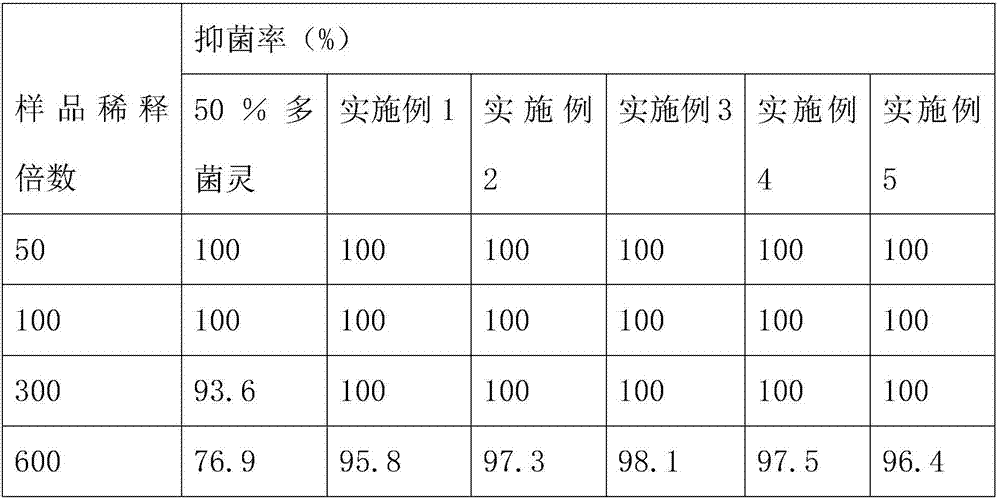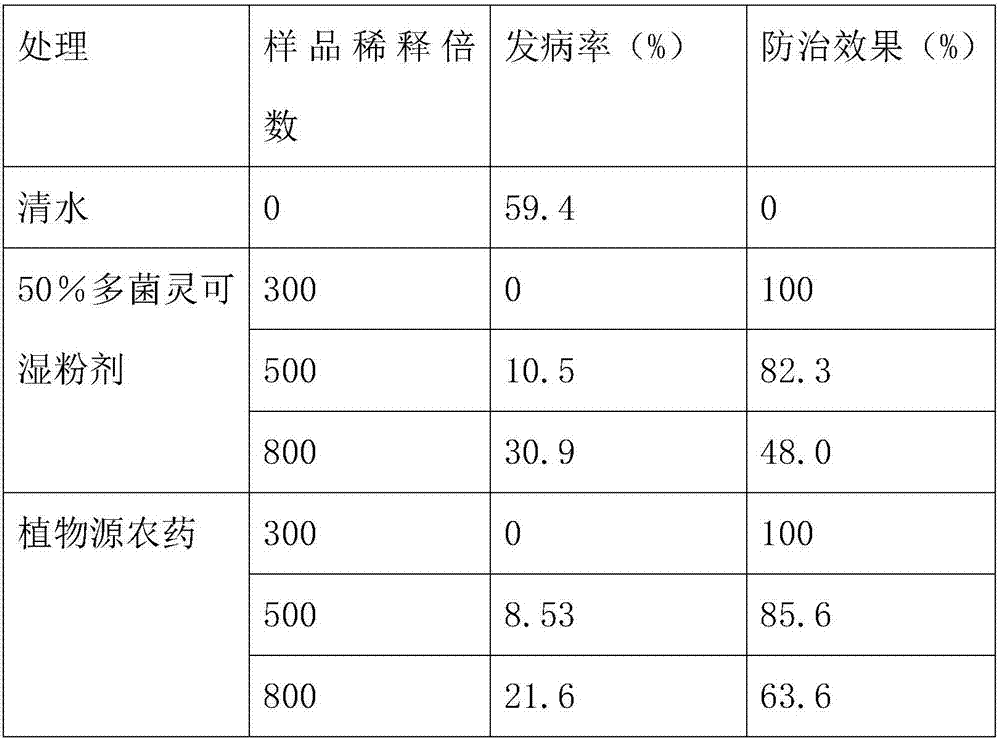Botanical pesticide for preventing and treating watermelon fusarium wilt
A plant-derived pesticide and watermelon fusarium wilt technology, applied in the field of pesticides, can solve problems such as pollution and excessive chemical residues, and achieve the effects of avoiding environmental pollution, decomposing quickly, and improving biological properties.
- Summary
- Abstract
- Description
- Claims
- Application Information
AI Technical Summary
Problems solved by technology
Method used
Image
Examples
Embodiment 1
[0022] A plant-derived pesticide for preventing and controlling watermelon wilt, comprising the following raw materials in parts by weight: 25 parts of watermelon, 5 parts of water hibiscus, 1 part of zucchini, 12 parts of quinces, 20 parts of enteromorpha, and 5 parts of sodium alkyl sulfate , 15 parts of laurocapram, 10 parts of ethylene glycol.
Embodiment 2
[0024] A plant-derived pesticide for preventing and treating watermelon wilt, comprising the following raw materials in parts by weight: 10 parts of watermelon, 20 parts of water hibiscus, 12 parts of zucchini, 4 parts of quince, 40 parts of enteromorpha, 10 parts of tween, and tung oil 18 parts, 8 parts of propylene glycol.
Embodiment 3
[0026] A plant-derived pesticide for preventing and controlling watermelon wilt, comprising the following raw materials in parts by weight: 16 parts of watermelon, 15 parts of water hibiscus, 7 parts of zucchini, 6 parts of quince, 28 parts of enteromorpha, and 13 parts of sodium lauryl sulfate , 20 parts of epoxidized soybean oil, 7 parts of propylene glycol.
PUM
 Login to View More
Login to View More Abstract
Description
Claims
Application Information
 Login to View More
Login to View More - R&D
- Intellectual Property
- Life Sciences
- Materials
- Tech Scout
- Unparalleled Data Quality
- Higher Quality Content
- 60% Fewer Hallucinations
Browse by: Latest US Patents, China's latest patents, Technical Efficacy Thesaurus, Application Domain, Technology Topic, Popular Technical Reports.
© 2025 PatSnap. All rights reserved.Legal|Privacy policy|Modern Slavery Act Transparency Statement|Sitemap|About US| Contact US: help@patsnap.com


